Wanted
Jadranka Kosorcic is in search of, in search of potential models of identification. She is looking for them by means of advertisement, e-mails, asking people directly or distributing flyers with the following lines: “Artist is looking for people m/f willing to pose for a portrait. Time spent: 1-3h. Send photo to kosorcic@hotmail.com.”Once she found a person, with whom she is able to make a special connection of identification, they meet in her studio, they talk, communicate, and Jadranka Kosorcic takes a portrait. The result of this artistic process ranges somewhere between Comic, wanted photo and Andy Warhol.
The aesthetic strategy not only reveals the created surface of the drawn portraits, but documents the realization of identification with various persons of different sexes. Today the act of identification is the very essence of identity. In view of that Wolfgang Welsh wrote in terms of cultural criticism: “Identity doesn’t result quasi-biologically from the development of an indivisible core of personality, but from the act of identification.” He postulates on the contrary the possibility of “multiple identities” according to a person’s identification with several “types and roles”. Thus Jadranka Kosorcic presents in her work the process of identification beyond the identical, beyond the eternal “one” of the old subject.
While in his essay “Identity in Transition” (1990) Wolfgang Welsch still believes in an “unrestricted absorption” of the models, i.e. in an indissoluble multiple identity; Jadranka Kosorcic shows in her portraits that the necessary effort of identification and the corresponding aesthetic structure represent only a sort of “identikit pictures” (JK). These phantoms signify an approach to something – which the artist calls a “between”, folding the “Being” of the artist to meet the “Being” of the painted model. This attempt of portraits becoming self-portraits is instable and contains a collapse. The problem is naturally complex, but two focal points may be singled out: the “Being” of the artist changes constantly, whereas the image, the medium of record is a rigid system despite of its sketchy appearance – once fixed it is established. The work of Jadranka Kosorcic is fugitive, because she is aware of the distance to the image . Roland Barthes expresses the very same thing regarding a photographic self-portrait: “Myself never coincidences with my image; for it is the image which is heavy, motionless, stubborn; and myself which is light, divided, dispersed.”
Raimar Stange
catalogue published by Kerber Verlag July 2009: ISBN 978-3-86678-278-5
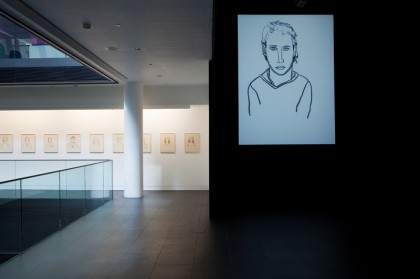
"Blind Date with Bloomberg employees", London 2009
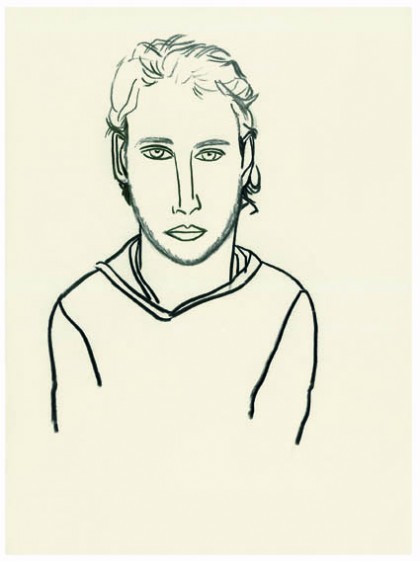
"Blind Date with Zvi, London 2009", charcoal on paper, 56 x 42 cm
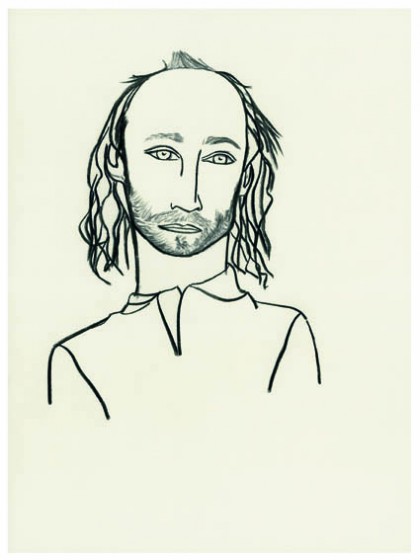
"Blind Date with Tim, London 2009", charcoal on paper, 56 x 42 cm
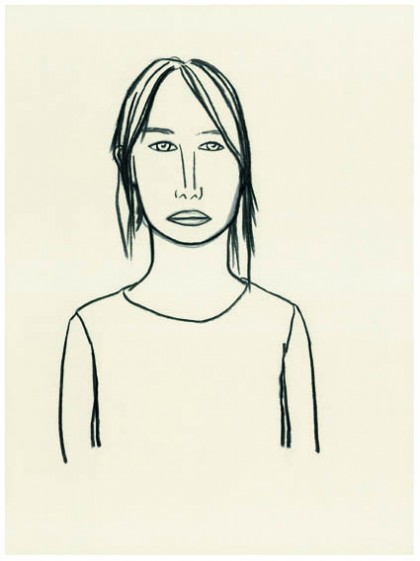
"Blind Date, London 2009", charcoal on paper, 56 x 42 cm
Wanted
Jadranka Kosorcic ist auf der Suche, auf der Suche nach möglichen Identifikationsfiguren. Sie sucht diese mit Hilfe von Anzeigen, E-mails, Ansprechen und Flyern. Auf letzteren z. B. ist zu lesen: „Bildende Künstlerin sucht Personen m/w, die sich ihr für ein Porträt als Modell zur Verfügung stellen. Zeitaufwand 1-3 Std. Passphoto an kosorcic@hotmail.com“. Ist so eine Person gefunden, mit der „ich mich selbst identifizieren kann“ (JK), dann setzt man sich im Atelier der Künstlerin zusammen, kommuniziert und schließlich wird von Jadranka Kosorcic porträtiert. Das Ergebnis dieses künstlerischen Prozesses dann liegt irgendwo zwischen Comic, Fahndungsbild und Andy Warhol.
Entscheidend an dieser ästhetischen Strategie nun ist nicht nur die gestaltete Oberfläche der porträtierenden Zeichnungen und Gemälde, die stattgefundene und dokumentierte Identifikationsleistung mit Personen unterschiedlichen Geschlechts nämlich steht hier ebenfalls zur Disposition. Aus gutem Grund ist doch Identifikation heute das zentrale Moment jedweder Bildung von Identität. In diesem Sinne schrieb schon der Kulturkritiker Wolfgang Welsch: “Identität entsteht nicht quasi-biologisch durch Entfaltung eines Personenkerns, sondern im wörtlichsten Sinne durch Identifikation“. Welsch geht noch einen Schritt weiter, postuliert er doch die Möglichkeit von „multiplen Identitäten“ , die sich durch die Identifikation einer Person mit mehreren „Typen und Rollen“ entwickeln. Eben diesen Prozess einer Identität jenseits des Identischen, jenseits des Immergleichen des bürgerlichen Subjektes führt Jadranka Kosorcic in ihrer künstlerischen Arbeit vor.
Glaubt Wolfgang Welsch in seinem Aufsatz „Identität im Übergang“ (1990) noch an eine „abstrichslose Verkörperung“ dieser Vorbilder, gleichsam an eine ungebrochene multiple Identität, so zeugen Jadranka Kosorcics Porträts davon, dass die dazu nötigen Identifikatonsleistungen und deren ästhetische Resultate blosse „Phantombilder“ (JK) realisieren, Phantombilder, die eine Annäherung bezeugen an etwas – die Künstlerin nennt es ein „Zwischen“ – , das ein „Sein“ (JK) der Künstlerin mit dem „Sein“ des Porträtierten überlagert. Und dieser VerSUCH der so zu Selbstporträts werdenden Porträts ist stets ein spannungsvoller, der ein Scheitern impliziert. Das Problem nämlich liegt zumindestens auf zwei Ebenen: Zum Einen verändert sich das „Sein“ der Künstlerin beständig, zum Anderen ist das mediale Aufzeichnungsystem, das Bild, trotz seiner hier eher skizzenhaften Form ein starres System, das, einmal fixiert, ein feststehendes ist. Flüchtig sind daher die Arbeiten von Jadranka Kosorcic im besten Sinne des Wortes: Sie sich dem Moment des sich dem Bildentfernens bewusst . Dazu sei abschließend kurz Roland Barthes zitiert, der angesichts des photographischen (Selbst)Porträts es so formulierte: “Mein “Ich” ist’s, das nie mit seinem Bild übereinstimmt; denn schwer, unbeweglich, eigensinnig ist schließlich das Bild ...; leicht, vielteilig auseinanderstrebend aber ist mein “Ich”.
Raimar Stange
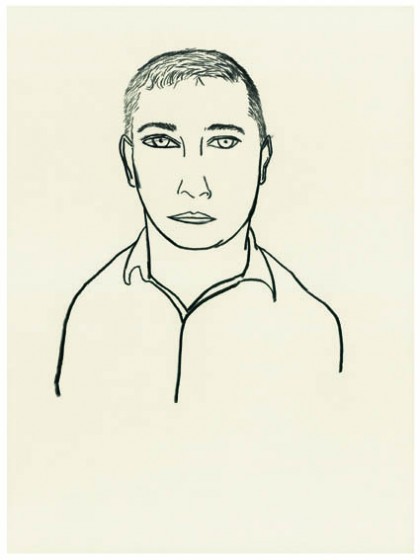
"Blind Date with Uri, London 2009", charcoal on paper, 56 x 42 cm
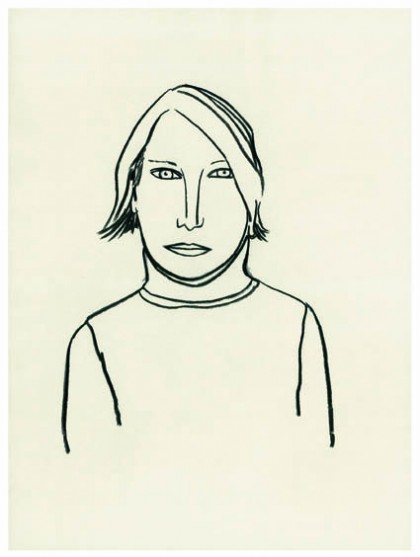
"Blind Date, London 2009", charcoal on paper, 56 x 42 cm
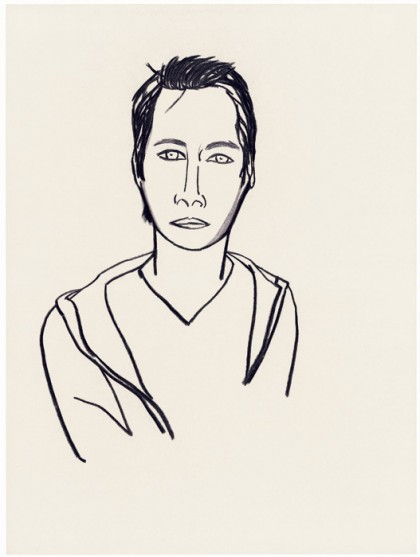
"Blind Date, Munich 2009", charcoal on paper, 56 x 42 cm
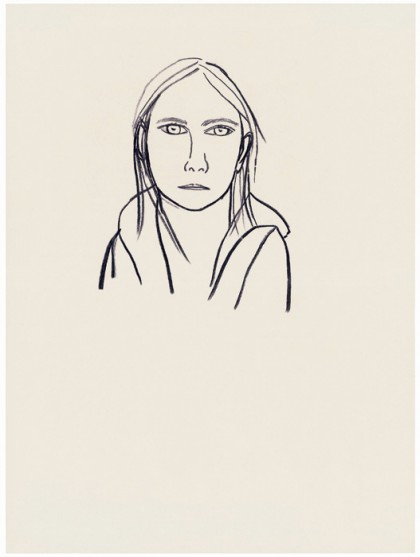
"Blind Date with Zoe, Munich 2009", charcoal on paper, 56 x 42 cm
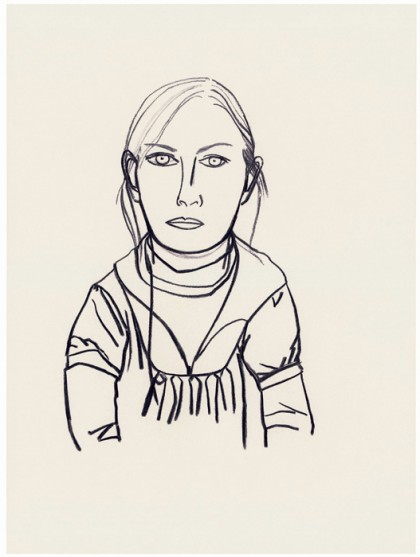
"Blind Date, Munich 2009", charcoal on paper, 56 x 42 cm
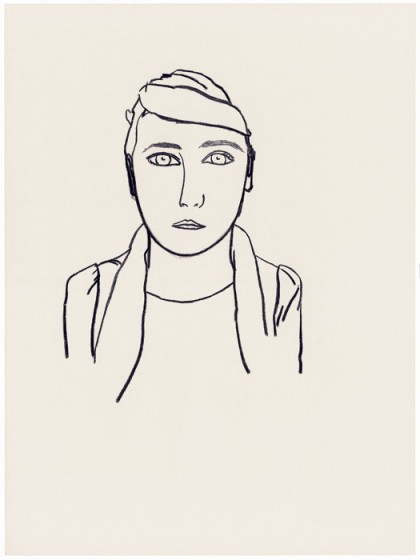
"Blind Date, Munich 2009", charcoal on paper, 56 x 42 cm
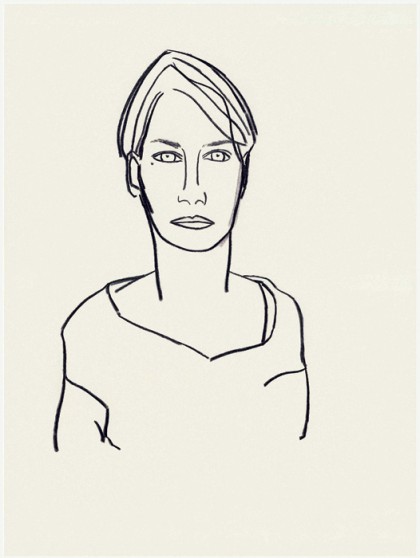
"Blind Date with Annette, Munich 2009", charcoal on paper, 56 x 42 cm
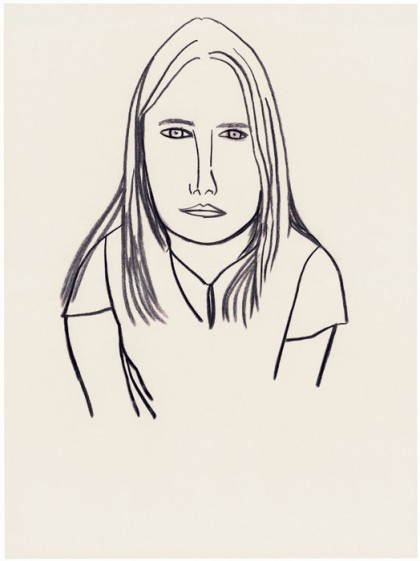
"Blind Date, Munich 2009", charcoal on paper, 56 x 42 cm
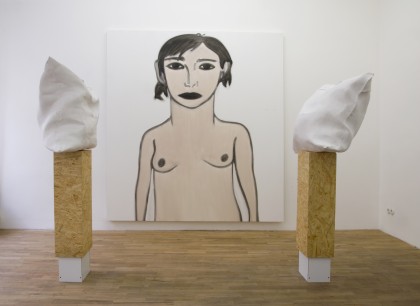
"Im Doppelpack", Weltraum, Munich 2009 (with Martina Salzberger)
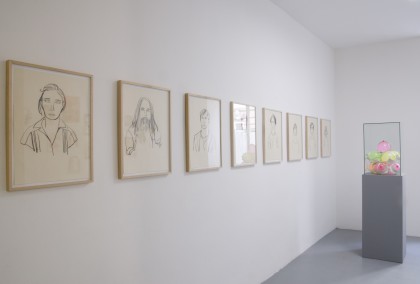
"Im Doppelpack", Weltraum, Munich 2009 (with Martina Salzberger)
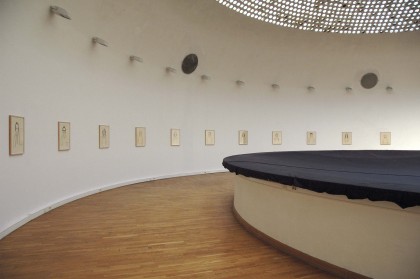
"Blind Date Munich 2008", PM Galerie Zagreb 2008 (E)
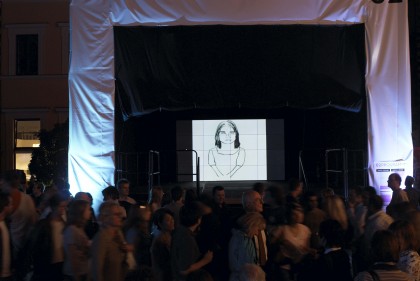
"Blind Date, Munich 2008", DVD Projektion am Wittelsbacher Platz 2008, Foto: Alescha Birkenholz
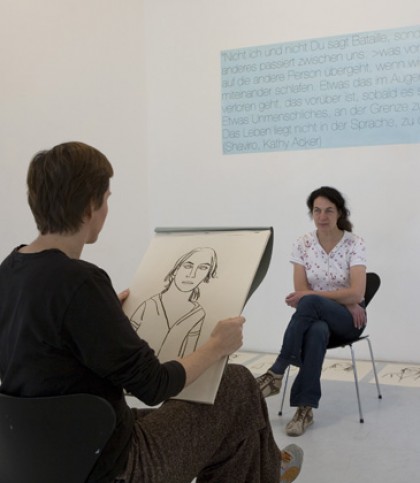
"Blind Date", Artothek Munich 19.04-16.05.2008, je 56 x 42 cm, Foto: Wilfied Petzi
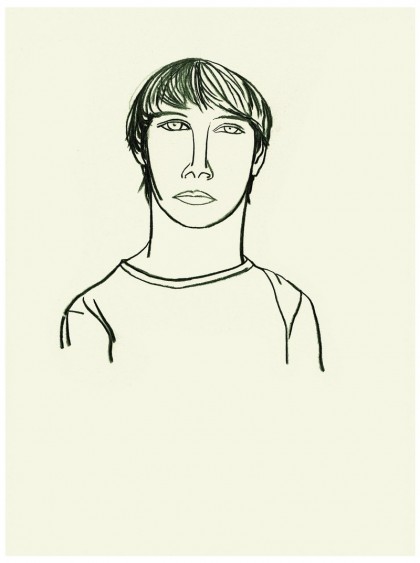
Blind Date with Jonathan, Munich 2008, charcoal on paper, 56 x 42 cm
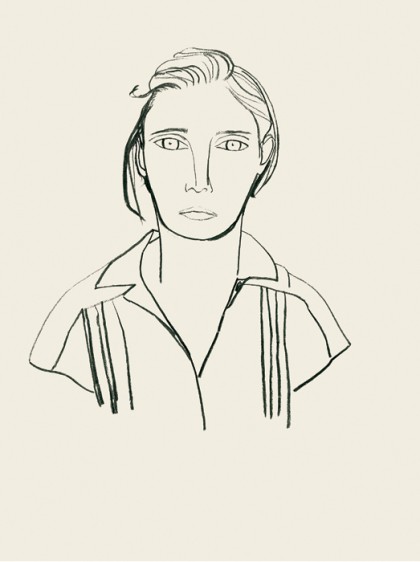
Blind Date with Lucia, Munich 2008, charcoal on paper, 56 x 42 cm
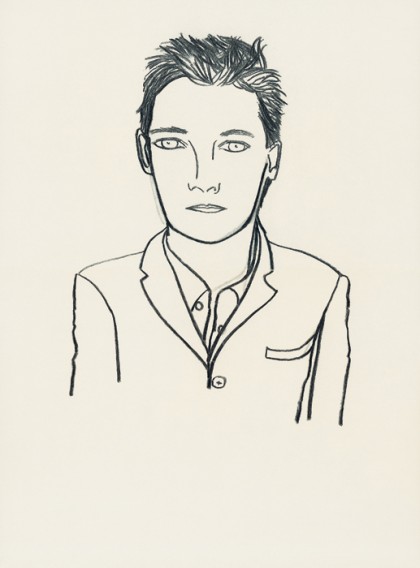
Blind Date with Benjamin K., Munich 2008, charcoal on paper, 56 x 42 cm
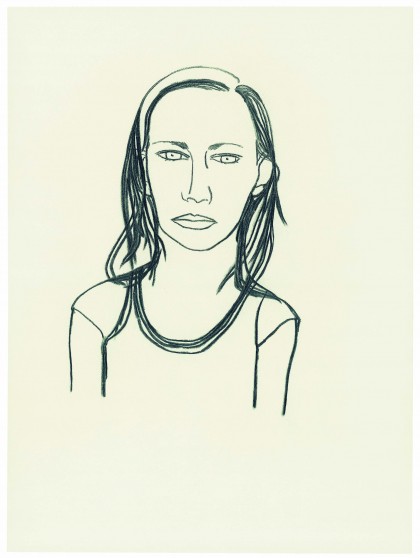
Blind Date with Ramona p., Munich 2008, charcoal on paper, 56 x 42 cm

Blind Date with Leo, Munich 2008, charcoal on paper, 56 x 42 cm
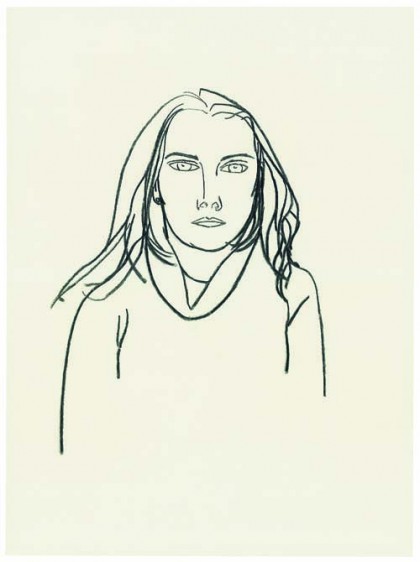
Blind Date with Belle, Munich 2008, charcoal on paper, 56 x 42 cm
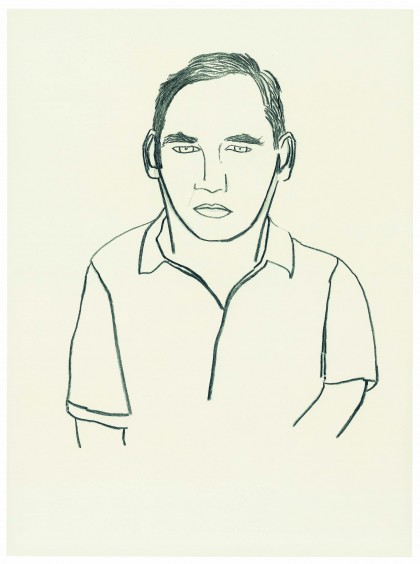
Blind Date with Thomas P., Munich 2008, charcoal on paper, 56 x 42 cm
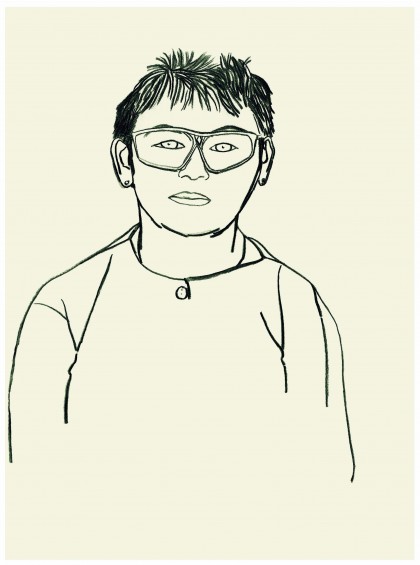
Blind Date with Christine M., Munich 2008, charcoal on paper, 56 x 42 cm
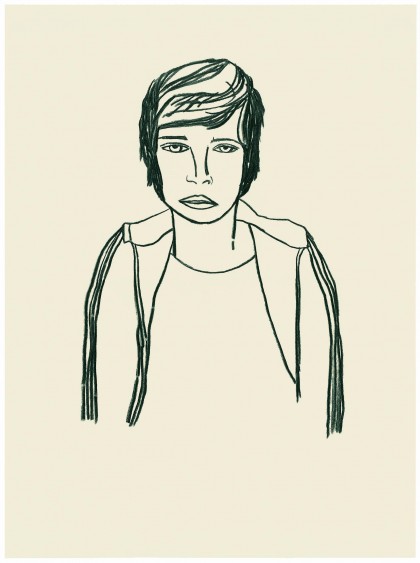
Blind Date with Rebecca Z., Munich 2008, charcoal on paper, 56 x 42 cm
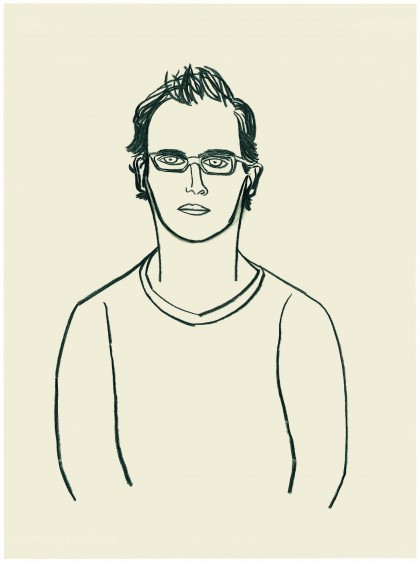
Blind Date with Jan, Munich 2008, charcoal on paper, 56 x 42 cm
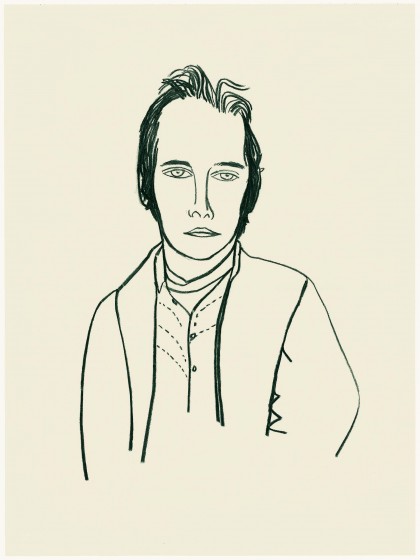
Blind Date with Daniel M,, Munich 2008, charcoal on paper, 56 x 42 cm
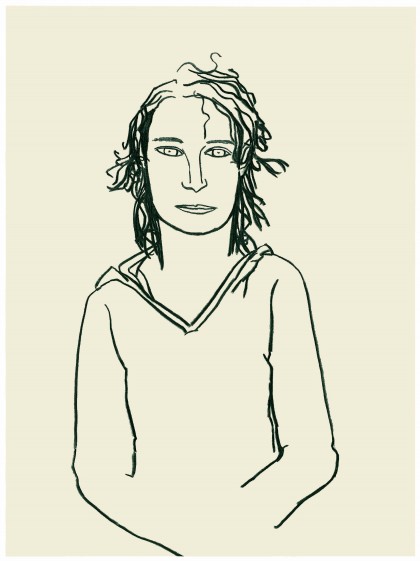
Blind Date with Monika S., Munich 2007, charcoal on paper, 56 x 42 cm
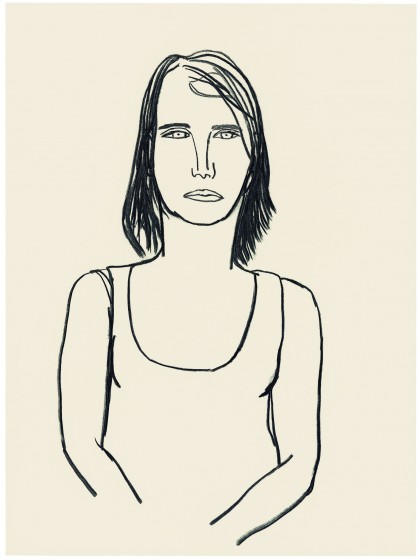
"Blind Date, Munich 2007", Kohle auf Papier, 56 x 42 cm
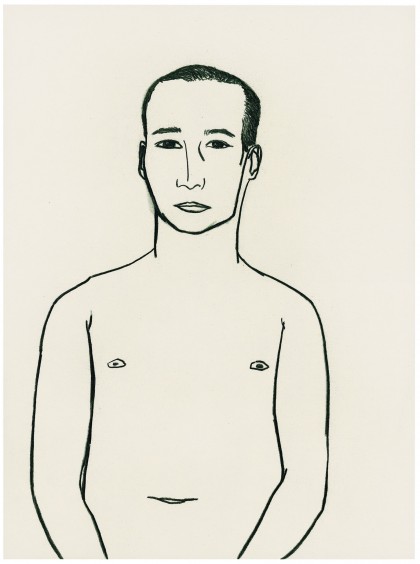
"Blind Date, Munich 2007", Kohle auf Papier, 56 x 42 cm
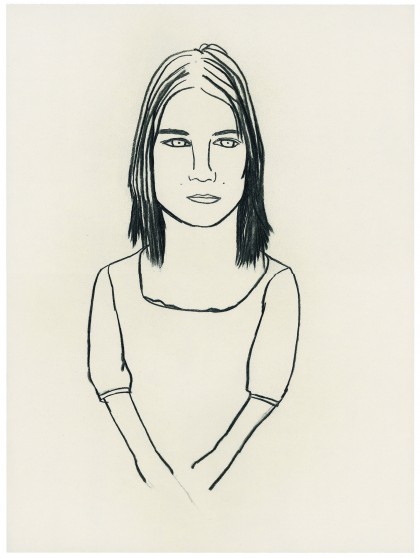
"Blind Date, Munich 2007", Kohle auf Papier, 56 x 42 cm
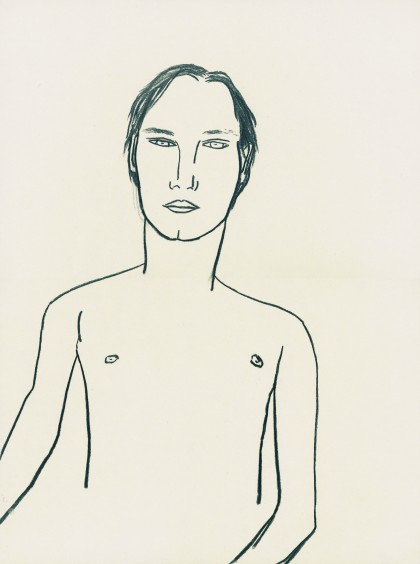
"Blind Date, Munich 2007", Kohle auf Papier, 56 x 42 cm
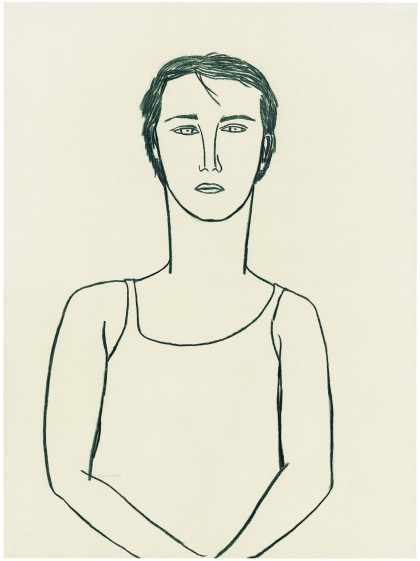
"Blind Date, Munich 2007", Kohle auf Papier, 56 x 42 cm
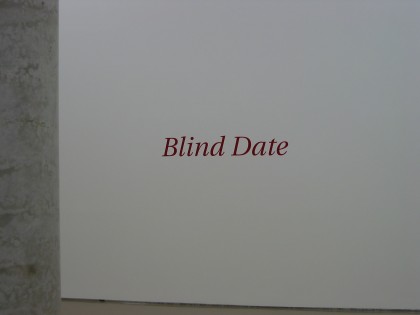
Installationsansicht Sammlung Essl, Klosterneuburg 2003
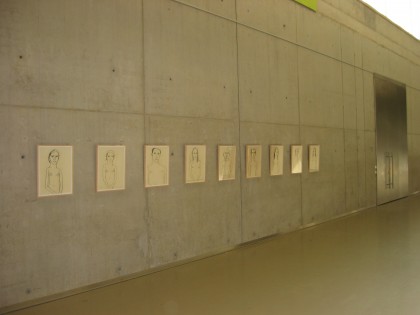
Installationsansicht Sammlung Essl, Klosterneuburg 2003
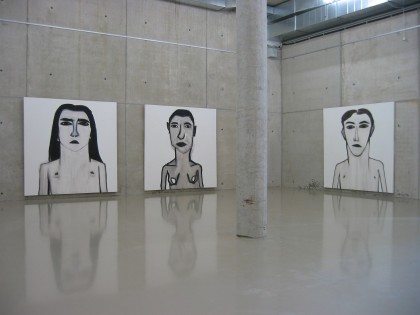
Installationsansicht Sammlung Essl, Klosterneuburg 2003
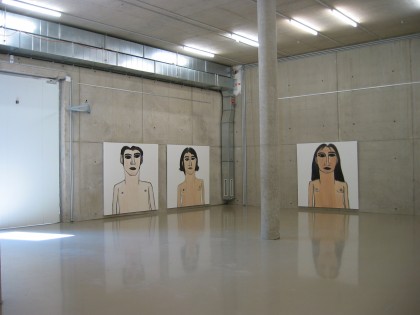
Installationsansicht Sammlung Essl, Klosterneuburg 2003
http://registry.whitecolumns.org/view_artist.php?artist=6301
|
|
|
Studium an der Akademie der Bildenden Künste in München
ab
1994. Klasse Jerry Zeniuk.
Letzte Aktualisierung dieser Seite
am
09.12.2009.
 E-Mail an
Jadranka Kosorcic E-Mail an
Jadranka Kosorcic

| Flachware.de durchsuchen: |
 Zurück zur Übersicht: Zurück zur Übersicht:
Aktuellste Profile zuerst anzeigen
 Stichwortsuche: Stichwortsuche:
Malerei
Installation
Fotografie
Sonstiges
|